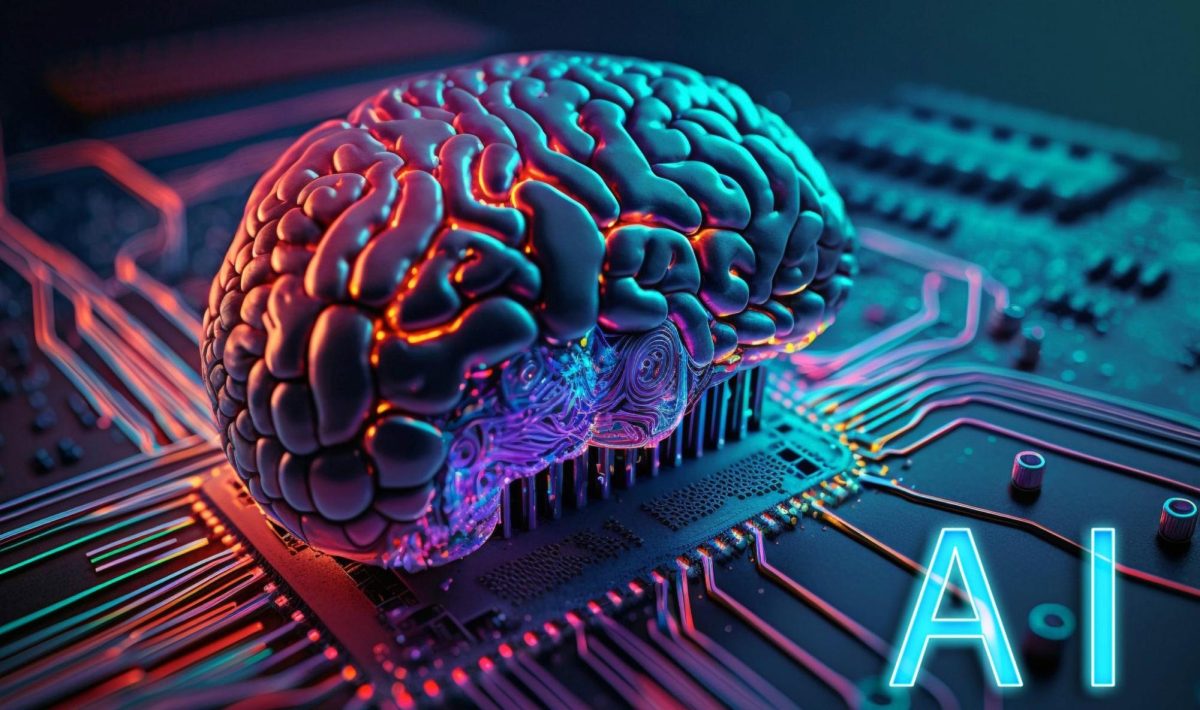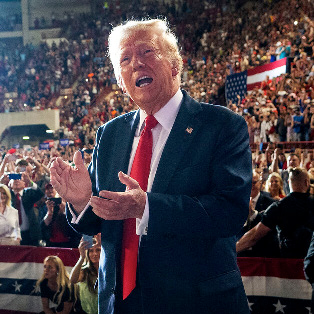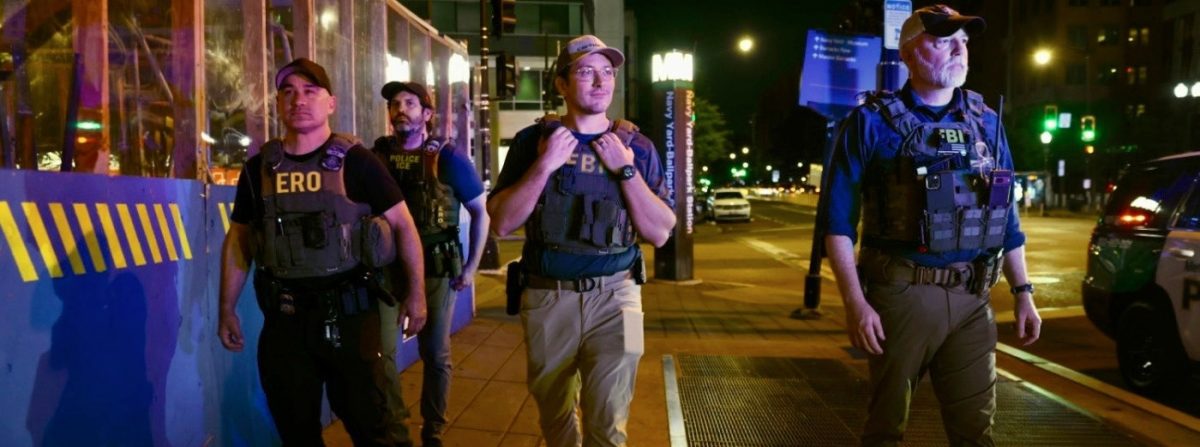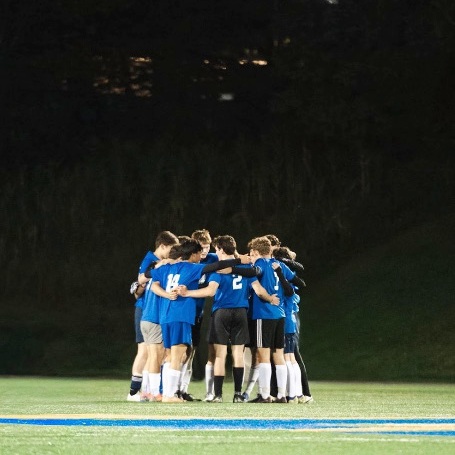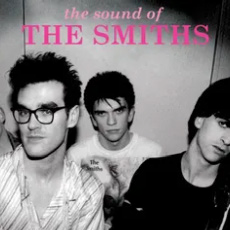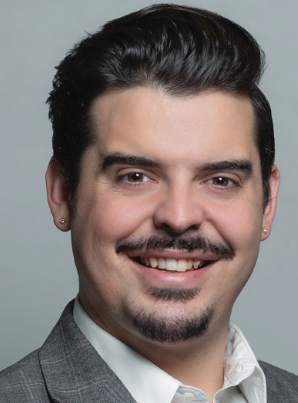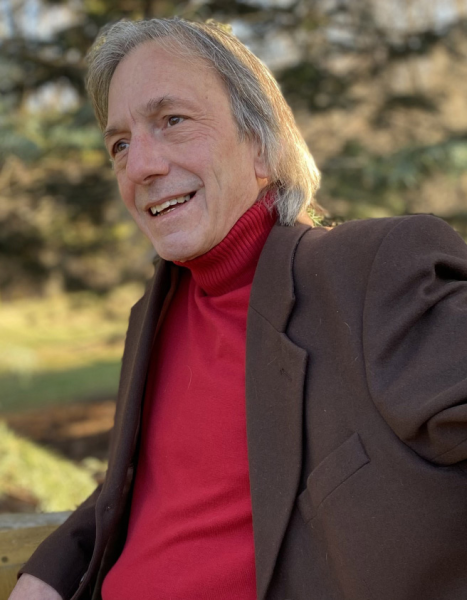
This weekend, Hamilton College hosted a series of cultural events retracing the history of Russian music and its repression under the Stalinist regime. Over the course of the three-step series, the “Art Under Pressure” program brought together faculty from various academic departments, including History, Russian Studies, Jewish Studies and Music. On Friday, Sept. 12, the program welcomed two discussions: an earlier program preview at 12 p.m., and a panel discussion at 4:15 p.m. Both events provided important context for the concert topping off the program on Saturday night at 7:30 p.m. Students, faculty and members of the greater Hamilton community attended these events in numbers, marking it as an important success.
Parts one and two of the “Art Under Pressure” program involved discussions and explanations from various Russian studies and musical experts. Three professors led the panel: William R. Kennan Professor of History Shoshana Keller, Director of the Hamilton College Orchestra and the Chamber of Music Program Heather Buchman, and Distinguished Professor of Jewish Studies and Professor of Russian and Eurasian Studies Emerita at Colgate University, Dr. Alice Nakhimovsky. All three complemented each other in their analyses, guaranteeing a clear understanding of the musical environment in Russia before, during and after Stalin’s regime.
Keller began the panel by outlining Russia’s long-standing vocal and musical tradition dating back to Peter the Great. The former ruler was the first to introduce a Russian “inferiority complex towards Europe, where respect and approval was sought after by Russian musicians,” Keller says. Often, European admiration for Russian music came through the form of exoticism, which did not allow artists to gain recognition for the value they actually brought. At that time, the Russian state saw music as a tool meant to mold Russians into a society of obedience. Notably, the Boris Godounov Opera of 1872 encapsulates how entrenched the state control was on the arts. In 1905, the First Russian Revolution sparked a new vision for artistic expression, allowing for greater creativity in music, dance and poetry. As the state relaxed state censorship, notable Russian composers came to fame: in 1911, Sergei Prokofiev blended classical music with modernist takes in his first two piano compositions, while Mikhail Matyushin premiered the futuristic Russian opera, a first of its kind. This freedom continued through the Second Russian Revolution of 1917, as the government sponsored art, film and music that incorporated “proletariat influences.” Keller did not fail to mention “symphonies that involved the sounds of factory and train whistles,” demonstrating a total shift from the Peter the Great era. Unfortunately, the start of Stalin’s reign marked the end of artistic freedom: it became “a contest for control, where bolsheviks interested in punishing and organizing creativity led to the downfall of musical creativity,” Keller notes. Russian society was back to its pre-revolution ideologies.
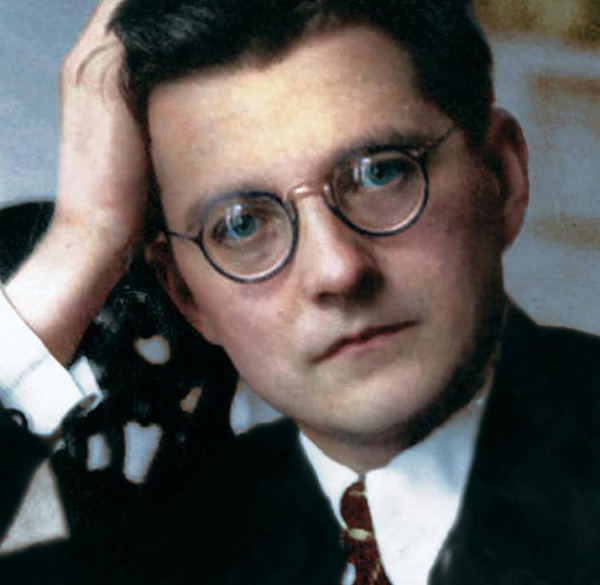
Following Keller, Nakhimovsky continued the discussion, with a clear focus on Russian composer Dmitry Shostakovic, whose Piano Trio symphony was played at the Saturday concert. Nakhimovsky described a man that encapsulated the “anti-bourgeois perspective, looking to infuse modernity into music.” He began his musical career during a time that sanctioned “formalist perspectives,” which Nakhimovsky describes as being a level of musical complexity incompatible with Stalin’s state propaganda. Shostakovic’s work that best represents his modernist takes is “The Nose,” an opera grounded in social satire criticizing Tsarist censorship without putting himself in harm’s way. In the 1930s, Shostakovic came close to arrest for defiance to Stalin’s vision of social realist art. Yet, he continued to defy repression, and in 1936 wrote an opera called “Lady McBeth of the Mtsensk District”, an important feminist tale in Russian culture. His works were openly criticized by government officials in Pravda, the USSR’s main newspaper. At the same time, the Great Terror increased state control and censorship, ultimately leading to the death of Shostakovic’s family members in connection with the composer.
In order to stay alive, Stalin ordered Shostakovic work with the state through “propaganda ditties”, forced propaganda operas highlighting the regime’s power and successes. The culmination of their collaboration came when the UN selected his composition “United Nations on the March” as the official hymn for Allied powers during World War II. Post-war, as musical repression continued, so did antisemitism. Some of Shostakovic’s closest musical inspirations were killed at the hand of Stalin’s regime, including Mieczyslaw Veinberg. After hearing the death of Veinberg, Shostakovic went to his friend’s family to present his condolences, while also letting them know: “First it’s him, and then it will be the whole of intelligentsia.” Nakhimovsky made sure to pause after this declaration, and emphasized the parallels between the Stalinist regime of the 20th century and Trump’s second administration today.
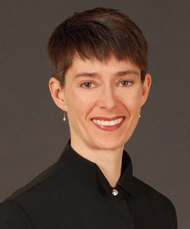
Finally, Buchman concluded the panel discussion by pivoting to the arts and how the Trump administration has impacted its creativity. She outlined the significant budget cuts to the National Endowment for the Arts, in particular their grants which now should focus on celebrating and glorifying the US’s rich artistic heritage in priority. Buchman added that “Trump’s administration and the federal government have made it clear they are no longer a partner in supporting the arts. What is now left is the private sector and individual contributions.”
Beyond challenges to the NEA, Buchman highlighted Trump’s firing of the CEO for the Kennedy Center for the Arts in Washington D.C., which has seen “an 80% loss in ticket sales since the announcement,” Buchman says. The restriction of PBS was also drawn to light, as their works varied widely from the Civil War to jazz and baseball documentaries: “These are works that celebrate the richness of American culture, but it is sad that PBS is being defunded.” Buchman concluded her talk by addressing a general message to audience members: “there are clear common threads between today’s impact on the arts, and what was happening under the Stalinist regime.”
Prior to the concert, violinist Shem Guibbory expressed his views on the artistic restrictions being witnessed today. “Good decisions come out of many minds, not just one. We can learn lessons from our past experience as a nation. Out of conflict, comes that spark of the answer for art,” Guibbory says. “Out of the many ideas, we can lead a country towards success. Trump and Stalin share the same drive for power. The power of the person who says I am the authority. We need to counteract that.”
The Saturday night concert concluded a weekend rich in historical and musical significance. Shostakovic’s “Piano Trio” and Weinberg’s “Piano Quintet” were performed by Shem Guibbory and Edgar Tumajyan at the violin, En-Chi Cheng at the viola, Andrey Tchekmazov at the cello, and Sar-Shalom Strong on the piano. Many students reacted positively to the concert. “The lecture was lengthy but we enjoyed the music. Our favorite part of the concert was the last movement of the Shostakovich. The main theme representing Stalin’s government which started as satirical, progressed into something sinister, overwhelming and domineering,” Patricia Higgins ’26 and Ashlyn Garrick ’27 said.
In the end, this thought-provoking program allowed for open exploration of music and Russian politics under Stalin, adding a level of complexity through the lens of current American politics.



